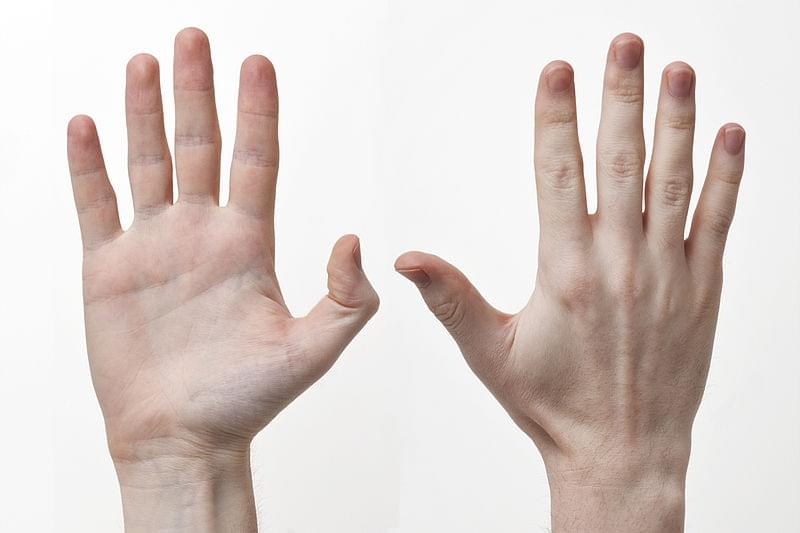The mystery of cracking joints has long been a fascination of both daydreamers and scientists alike. The most famous experiment regarding knuckle cracking was carried out by Donald Unger, who in a bid to test the supposed link between arthritis and joint cracking spent 50 years cracking his left hand twice daily and not his right.
The results? No difference in joint health. Although this particular experiment doesn’t have much statistical significance, other studies were conducted in old people which confirmed no difference in arthritis levels in joint crackers and non-crackers.
Alas not everyone seems to have heard the result of these experiments, as I remember teachers in school telling people off for cracking their joints. Perhaps they were actually annoyed at the noise disturbance which regularly accompanies joint release. Many people (no matter how many times they have heard a joint crack) will still squirm when they hear an ankle click or a collective finger snap.
Amidst the ensuing reaction of cringing or discomfort we might omit to stop and think how on earth such a loud noise can emanate from such a small movement. Believe it or not the answer to this question has been engaging scientists for decades without any confirmation until now.
Scientists at Stanford University, California and École Polytechnique in Paiseau France have combined the results of previous research into their mathematical model of joint cracking. Previous research in 1971 had suggested the controversial theory that the noise was caused by bubbles in joint (synovial) fluid collapsing when the joint is pulled. Another study in 2015 appeared to disprove this theory through magnetic resonance imaging (MRI) which showed that after joints were cracked there were still bubbles persistent in the fluid.
Researchers Chandran Suja and Barakat decided to bring together over 60 years of inconclusive experimental findings into a mathematical model representing the events leading up to the generation of noise from a joint. Their model proves that bubble collapse in joint fluid is capable of producing the sound observed when joints are cracked. Interestingly they also showed that incomplete bubble collapse can also produce sufficient sound explaining the findings of the 2015 MRI study where there were bubbles even after a joint had been cracked.
The bubble noise theory which was first presented in 1971, and has now been supported by this mathematical model, also explains why once you have cracked a knuckle it can take up to 20 minutes for you to be able to do it again. I takes time for the bubbles to reappear!
Mathematical models such as this can be extremely useful in helping to rule out certain hypotheses. In this case there were many years of recorded phenomenon relating to the cracking of knuckles, but insufficient evidence to convincingly prove the cause of the noise. Many imaging techniques such as MRI have too low resolution to really be able to capture what occurs when a joint is cracked.
However the numerical and theoretical approach employed by these researchers was able to account for all possible routes to the observed outcome and were able to prove that indeed it is bubbles collapsing in joint fluid that make such a racket. So next time your granny tells you off for cracking your fingers you can tell her that no, it won’t give you arthritis and that all the noise is created by tiny bubbles collapsing inside your joint!







